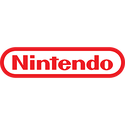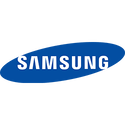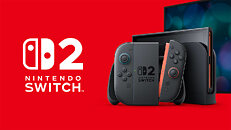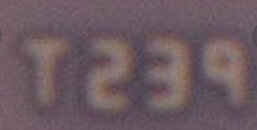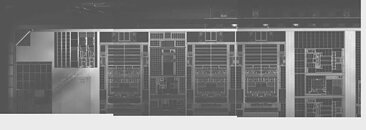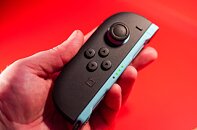CD Projekt Red Believes Cyberpunk 2077 Switch 2 Version is Superior to Past-gen Builds
Charles Tremblay, CD Projekt RED's Technology Vice President, has been fielding questions from members of the press—regarding the forthcoming Switch 2 version of Cyberpunk 2077: Ultimate Edition. Large portions of the company's Polish and North American/Canadian teams are concentrating on next-gen projects (respectively, Witcher 4 and "Cyberpunk 2"), but a smaller group has worked on porting a current sci-fi title onto Nintendo's NVIDIA Custom SoC-powered hybrid console. Despite arriving almost five years ago, Cyberpunk 2077 has remained a firm favorite—especially as a gauge of hardware capabilities, across PC and home console platforms. Since then, the developer's in-house REDengine has been dropped from primary activities. Epic's ubiquitous Unreal Engine 5 will serve as the technological foundation for future CD Projekt RED IPs.
In an interview conducted by IGN, Tremblay outlined the challenges his team faced when dealing with REDengine 4 and Switch 2: "we have very key people in here that know exactly how to make Cyberpunk run. Cyberpunk is built for x86 with old PC architecture. So, from the beginning this was completely different. Lots of changes had to be done at the engine level, all the shaders (are in a) different language. We had to convert everything, some HLSL to GLSL. (The Switch 2 utilizes) a very, very different architecture." In another Q&A session (with NintendoLife), the Tech VP mentioned a roping in of external assistance (from Hungary and Japan): "all development is being done in-house, with support from Yigsoft when it comes to incorporating the Nintendo Switch 2 specific features, and support from Nintendo when it comes to overcoming all the fun challenges that come with creating for new hardware."
In an interview conducted by IGN, Tremblay outlined the challenges his team faced when dealing with REDengine 4 and Switch 2: "we have very key people in here that know exactly how to make Cyberpunk run. Cyberpunk is built for x86 with old PC architecture. So, from the beginning this was completely different. Lots of changes had to be done at the engine level, all the shaders (are in a) different language. We had to convert everything, some HLSL to GLSL. (The Switch 2 utilizes) a very, very different architecture." In another Q&A session (with NintendoLife), the Tech VP mentioned a roping in of external assistance (from Hungary and Japan): "all development is being done in-house, with support from Yigsoft when it comes to incorporating the Nintendo Switch 2 specific features, and support from Nintendo when it comes to overcoming all the fun challenges that come with creating for new hardware."



